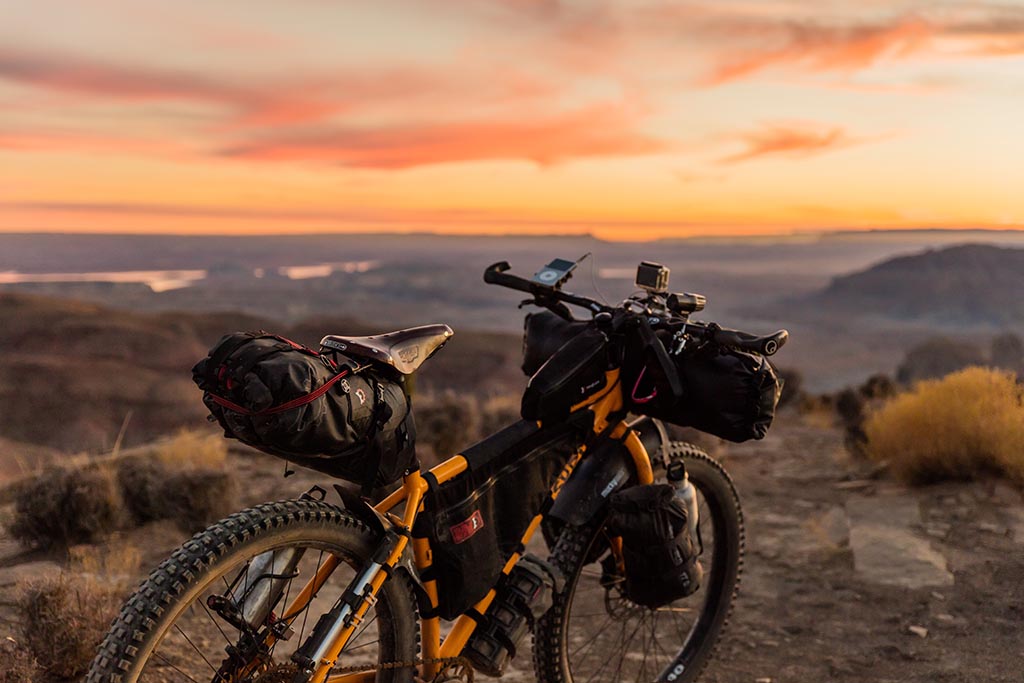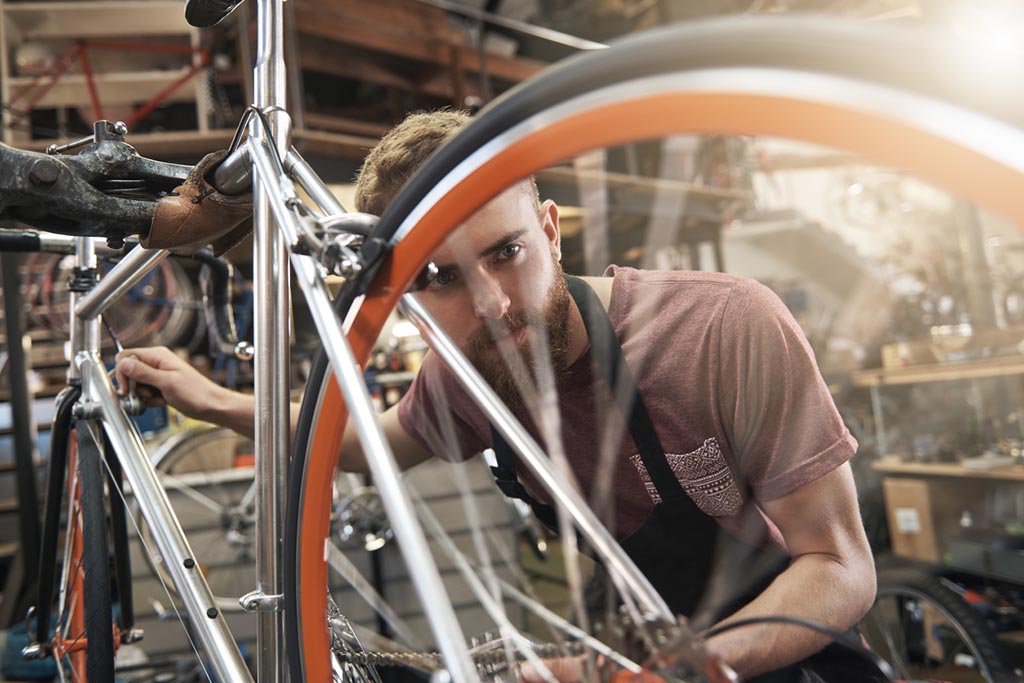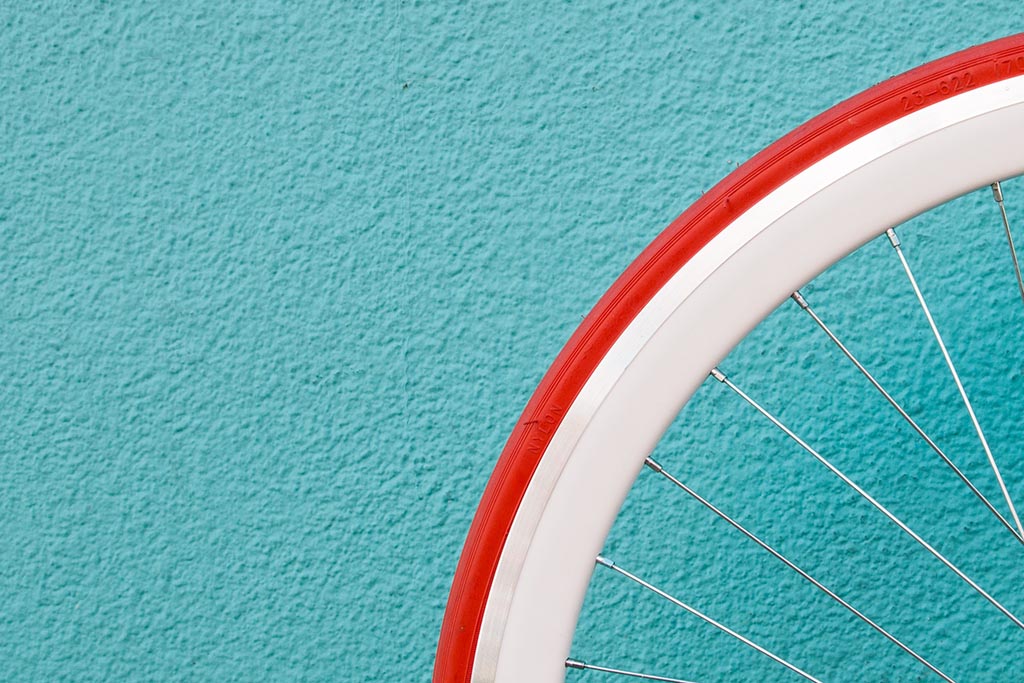Cycling for Transportation
For many who cycle, they adopt it as their primary means of transportation. As such, there may come a time when you need to transport items on your bicycle. While not technically illegal in some regard, the best rule of thumb is that you can carry anything as long as it doesn’t impede traffic and allows you to keep both hands on the handlebars.
For example, you wouldn’t be able to get away with hauling a 12 foot cut of lumber on the back of your bike as it would be a danger to anyone else on the road. Furthermore, if you were cycling with a box under your arm, you would probably be pulled over as it impaired your ability to steer a bicycle.
Best Ways to Transport Items on Your Bicycle
Your best option for carrying most items is either the classic basket on the front or a rack on the back. Anything from a bag of tacos to groceries from the store will fit on these two spots without issue. Of course, you may need to use your imagination. If you make unexpected stops for stuff, it may be worthwhile to carry a few bungee cords or even shoes laces with you to secure items. Even in a pinch, your own bike lock may be helpful.
For the bigger loads, you may want to look into wagons that can be attached to bikes. As these don’t really impede traffic or your ability to ride, they can be helpful when hauling larger items on your bicycle.
While hauling things on a bicycle is generally pretty safe to do, it doesn’t change the fact that bicycle accidents will still happen. If you have been in a bicycle accident, contact us today to see what the Law Office of Gary Brustin can do to help you get the compensation that you deserve.






